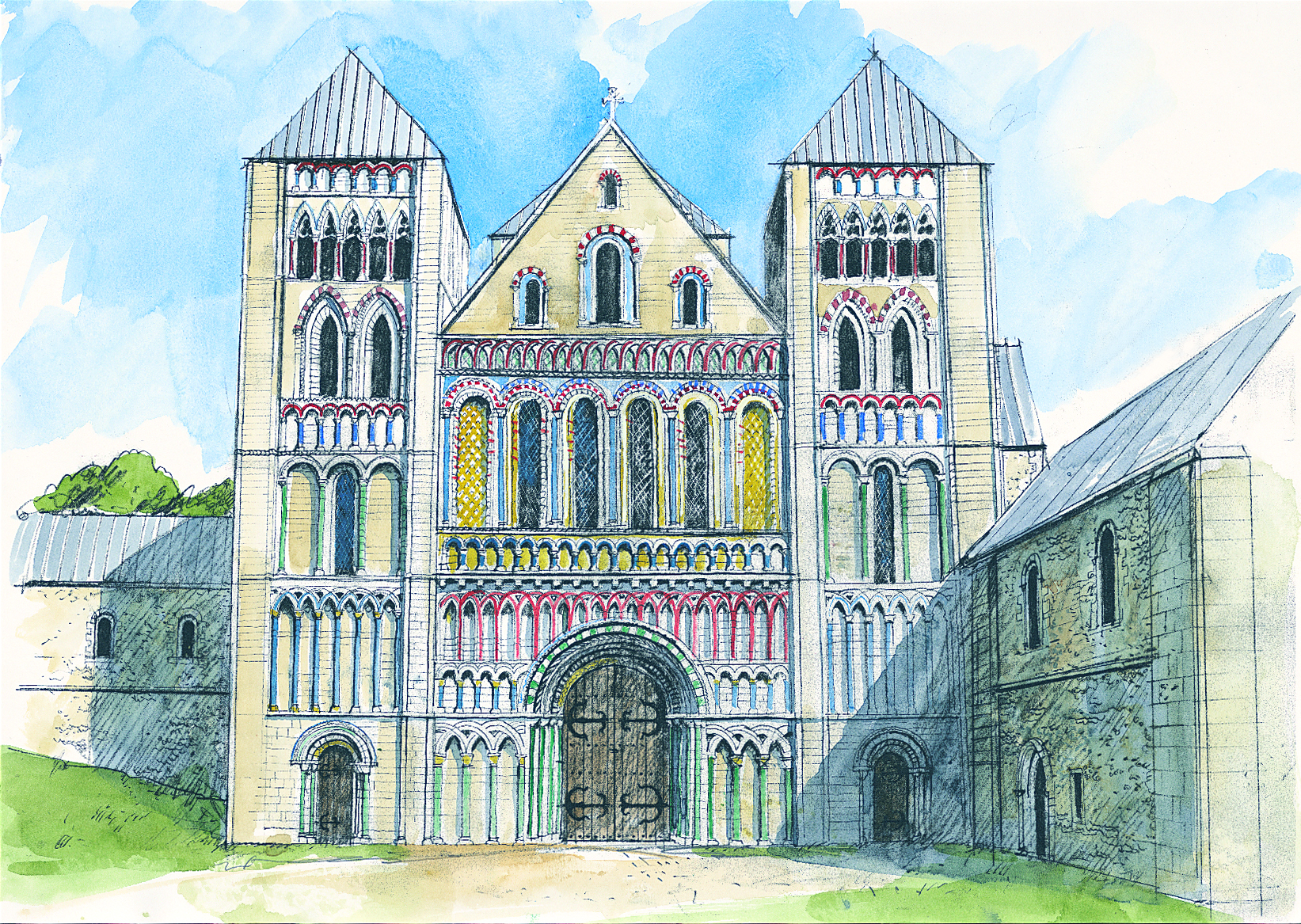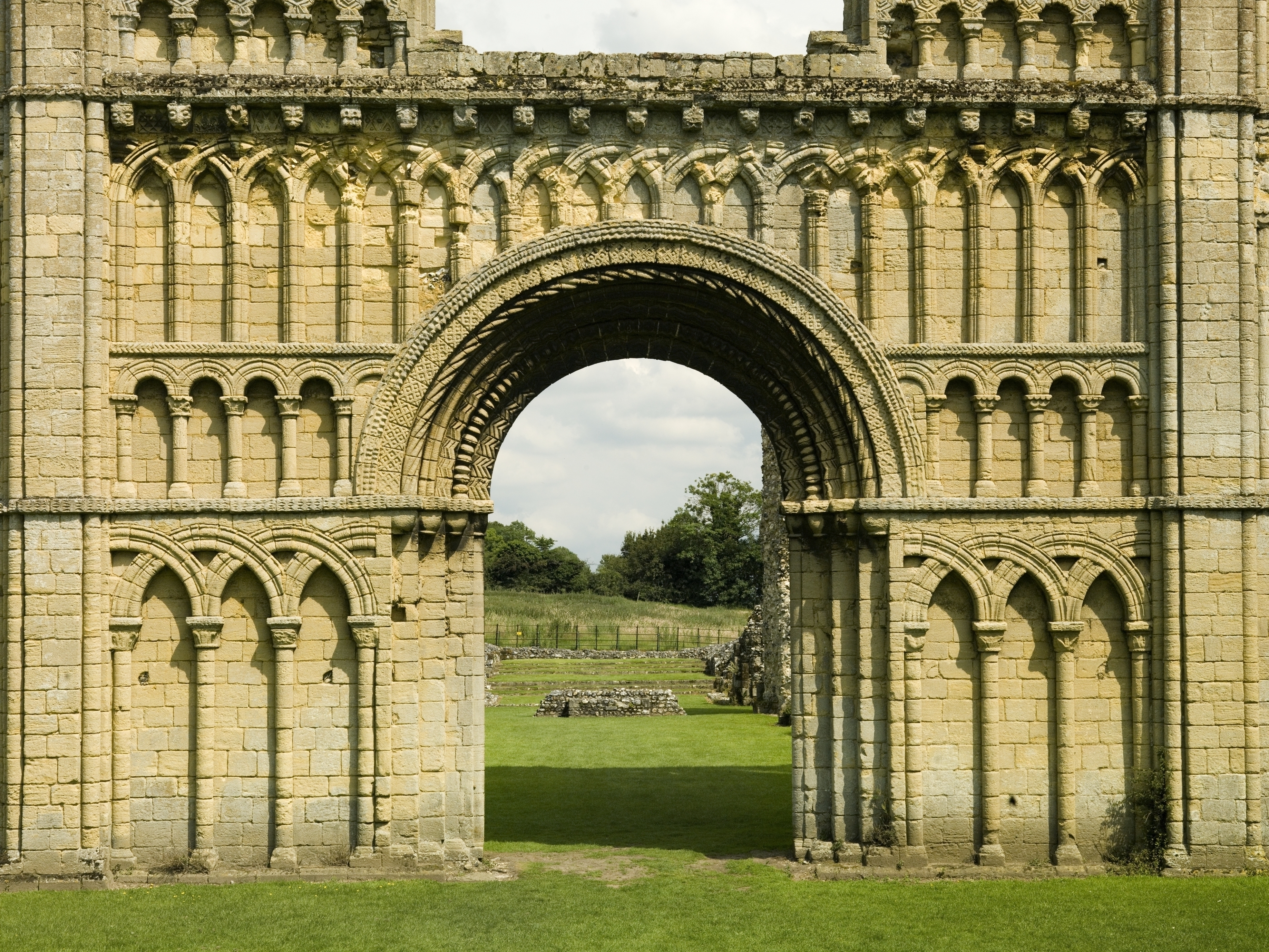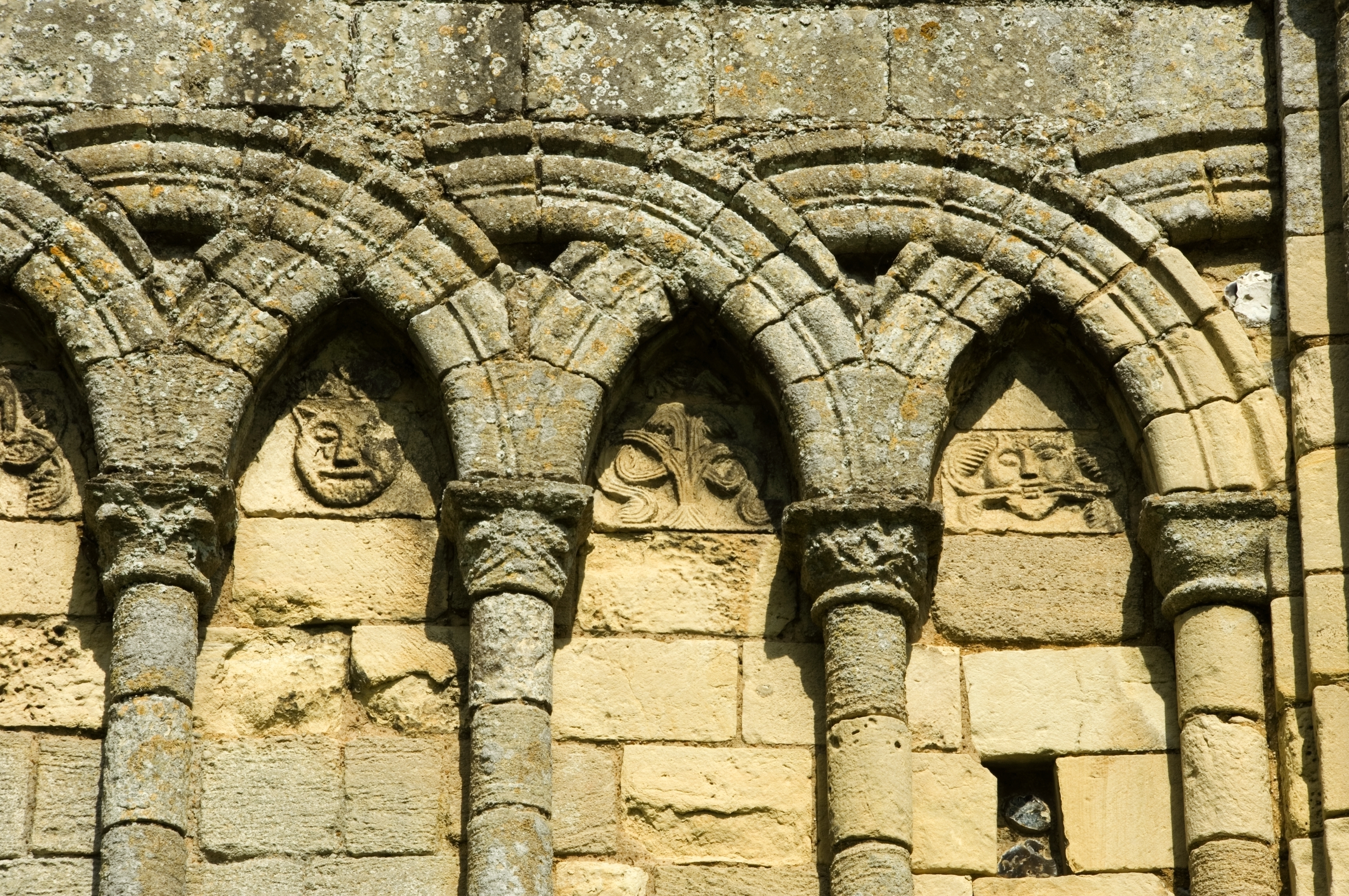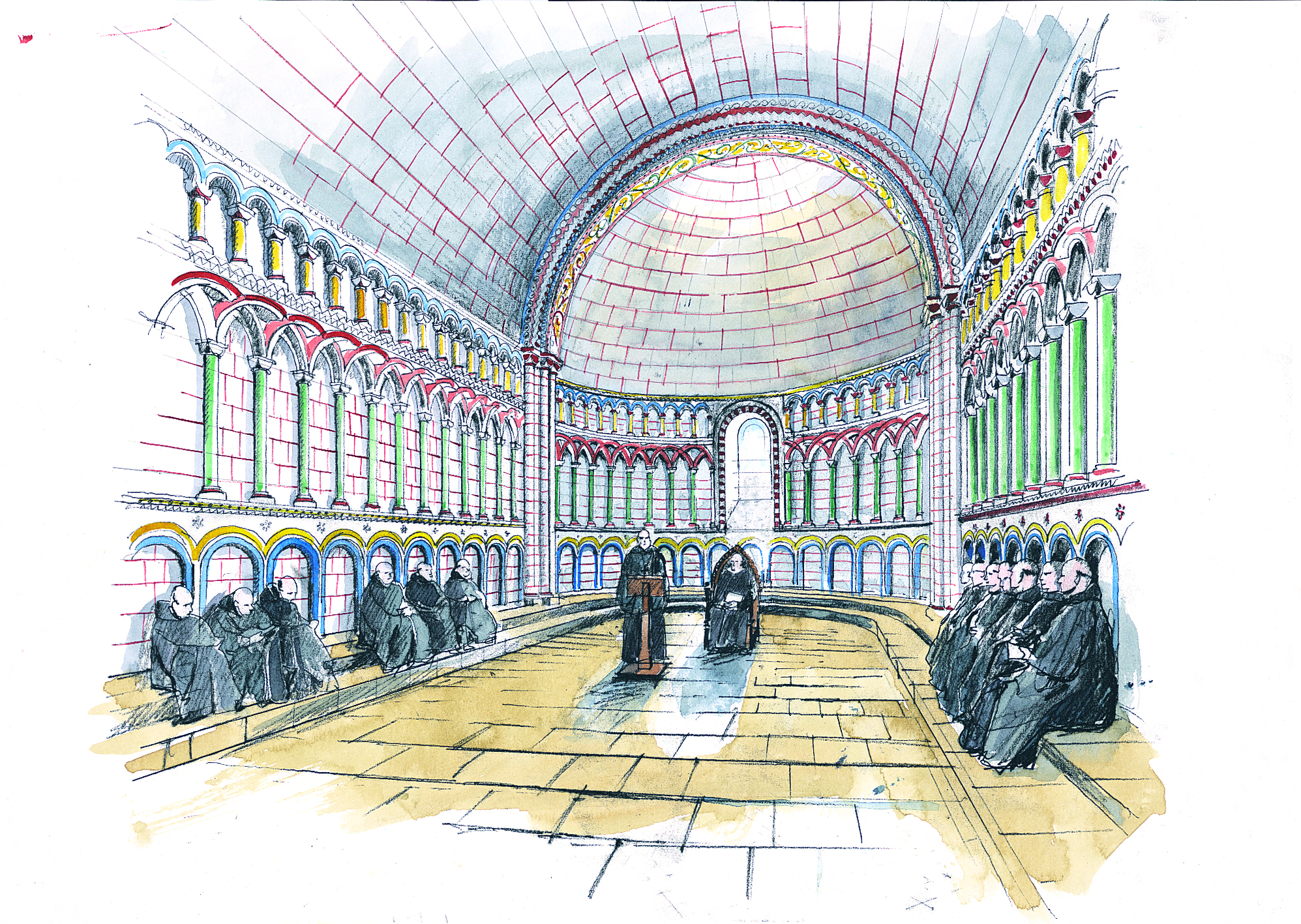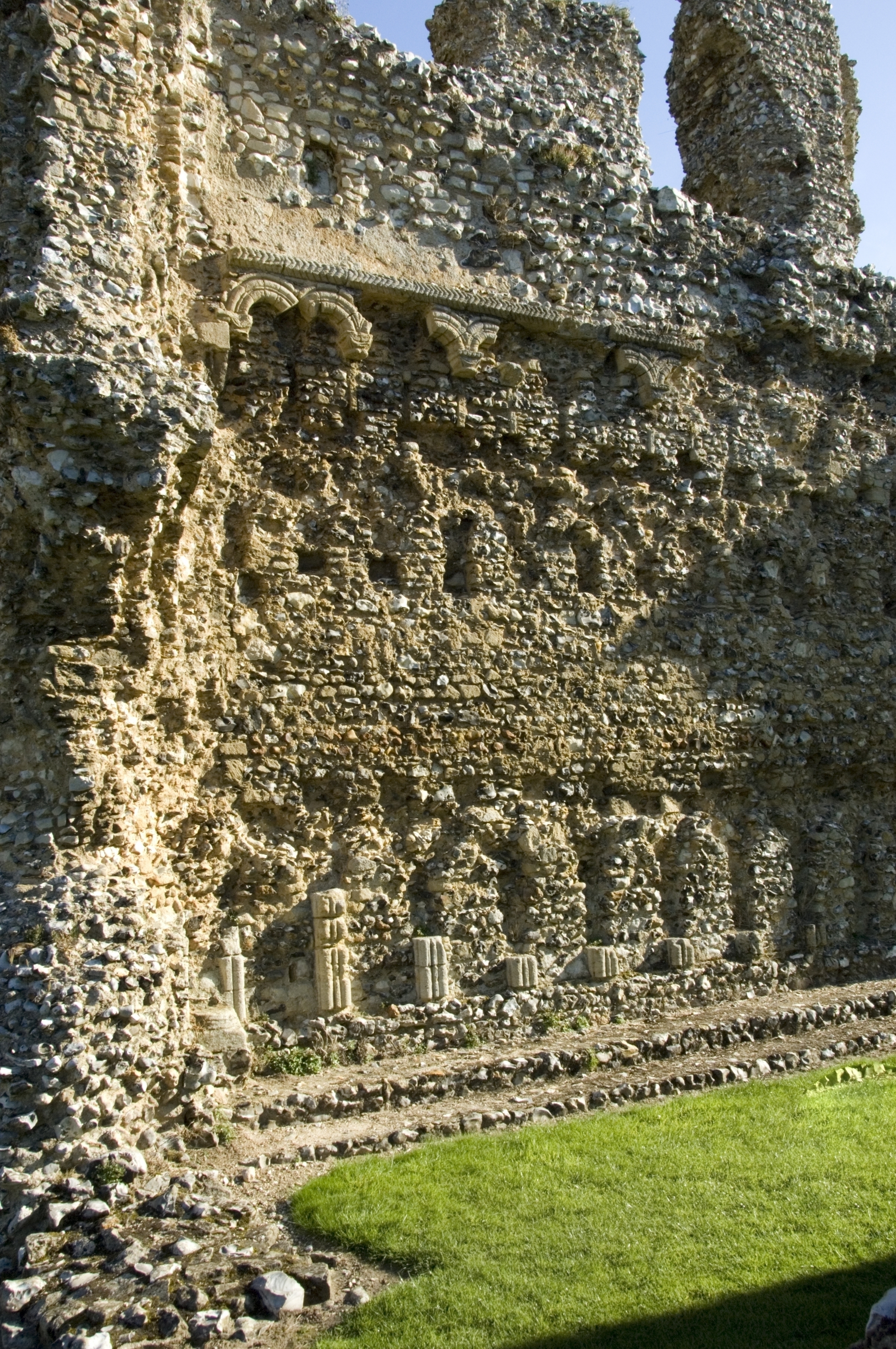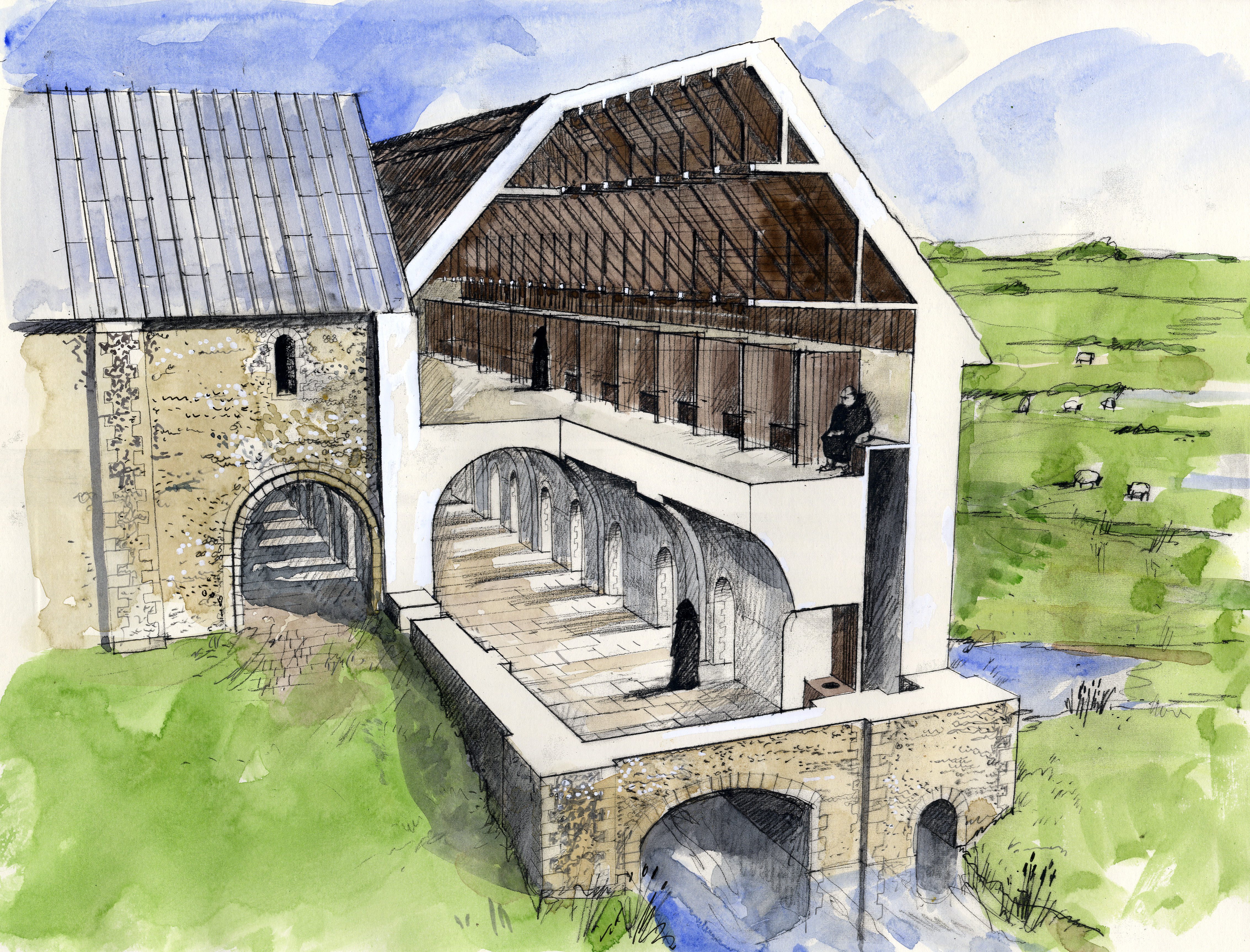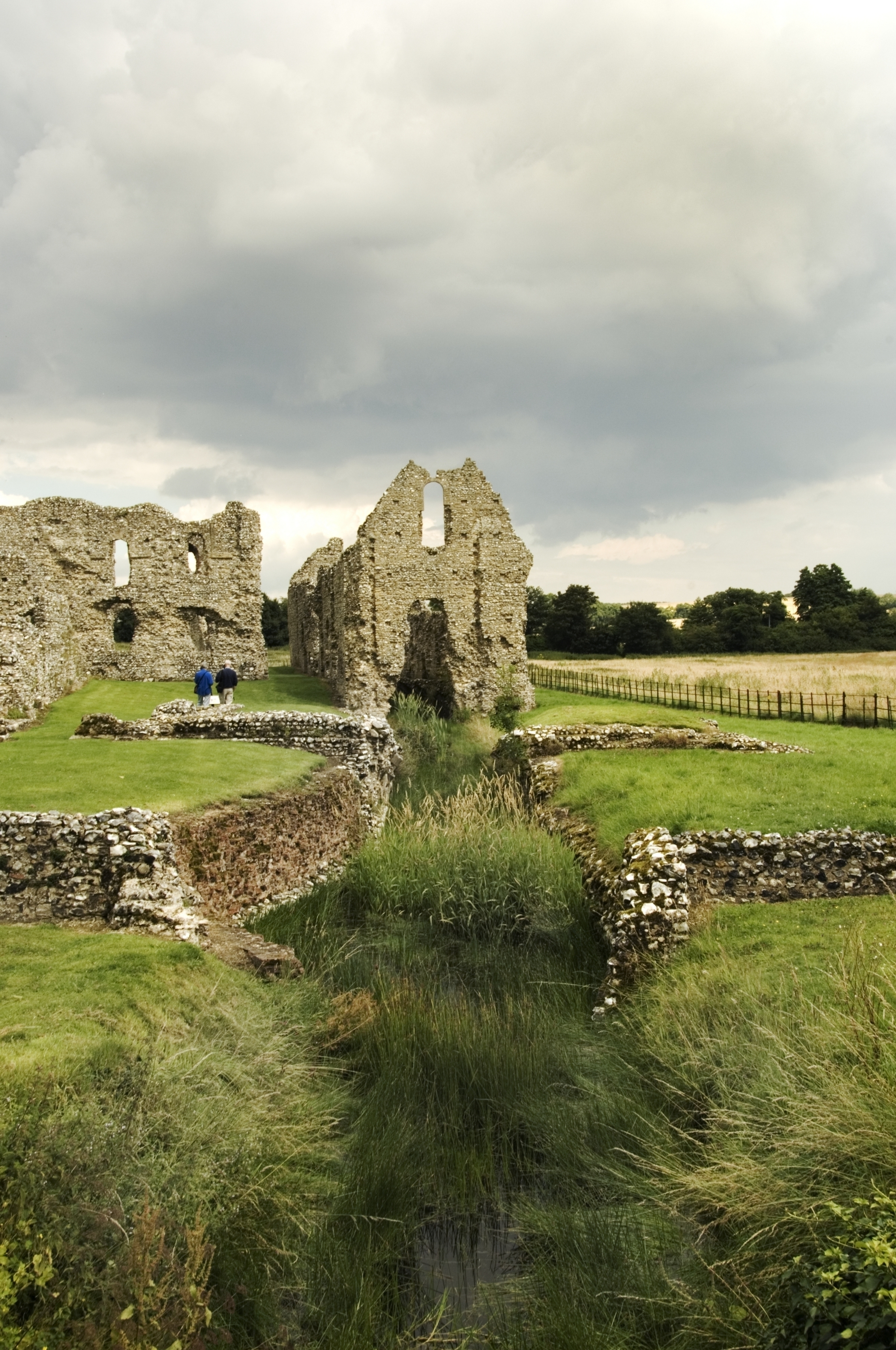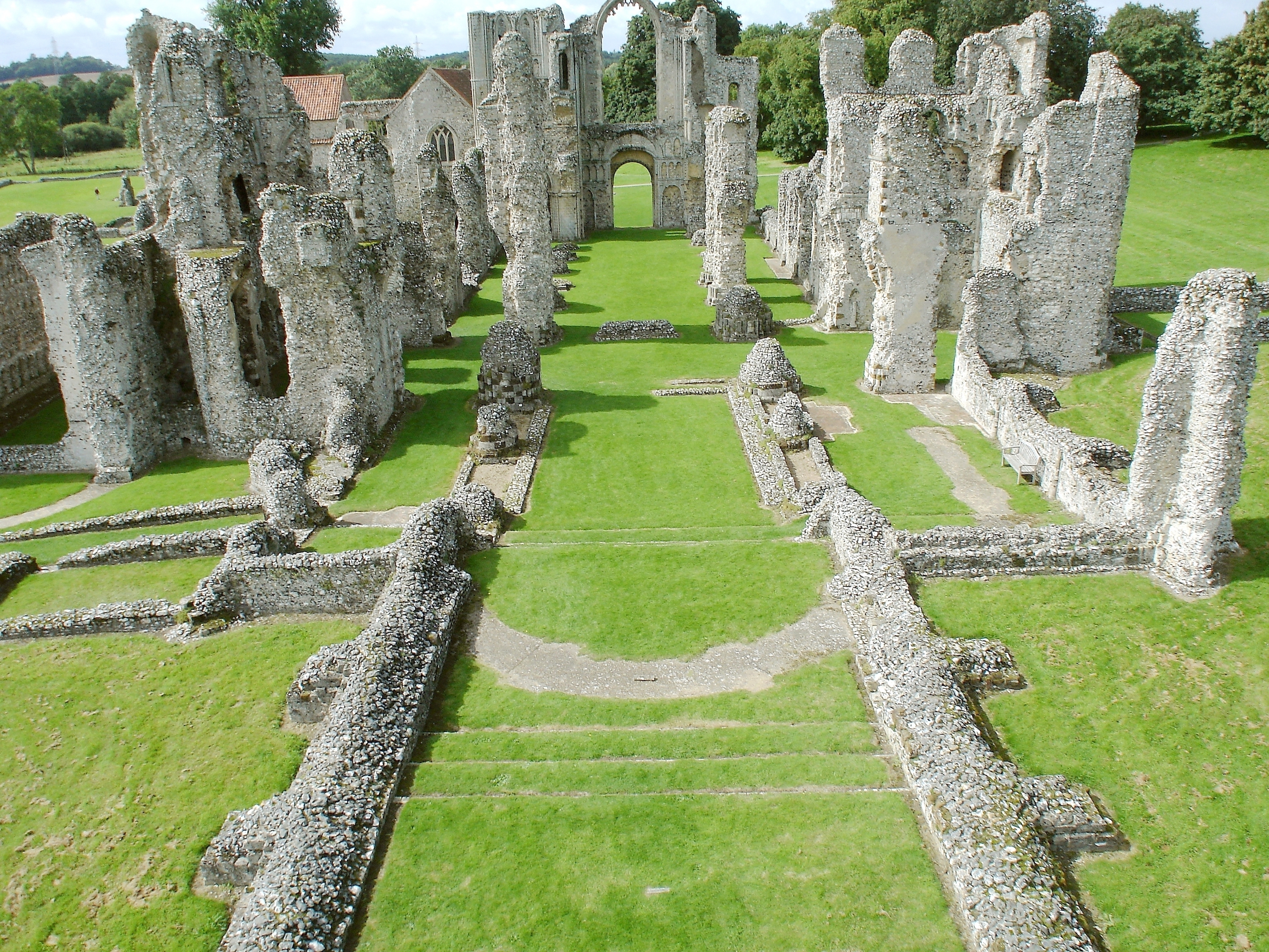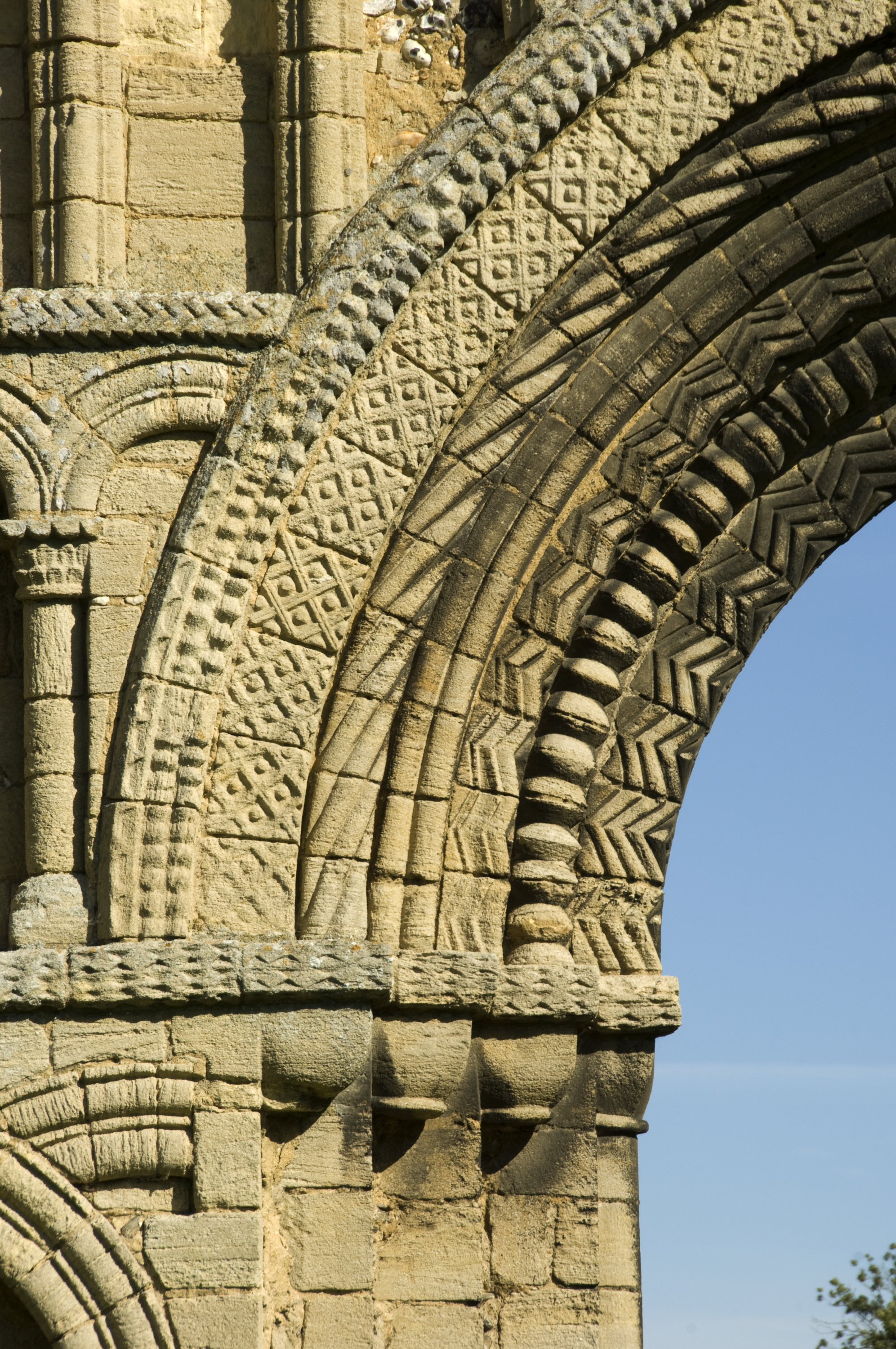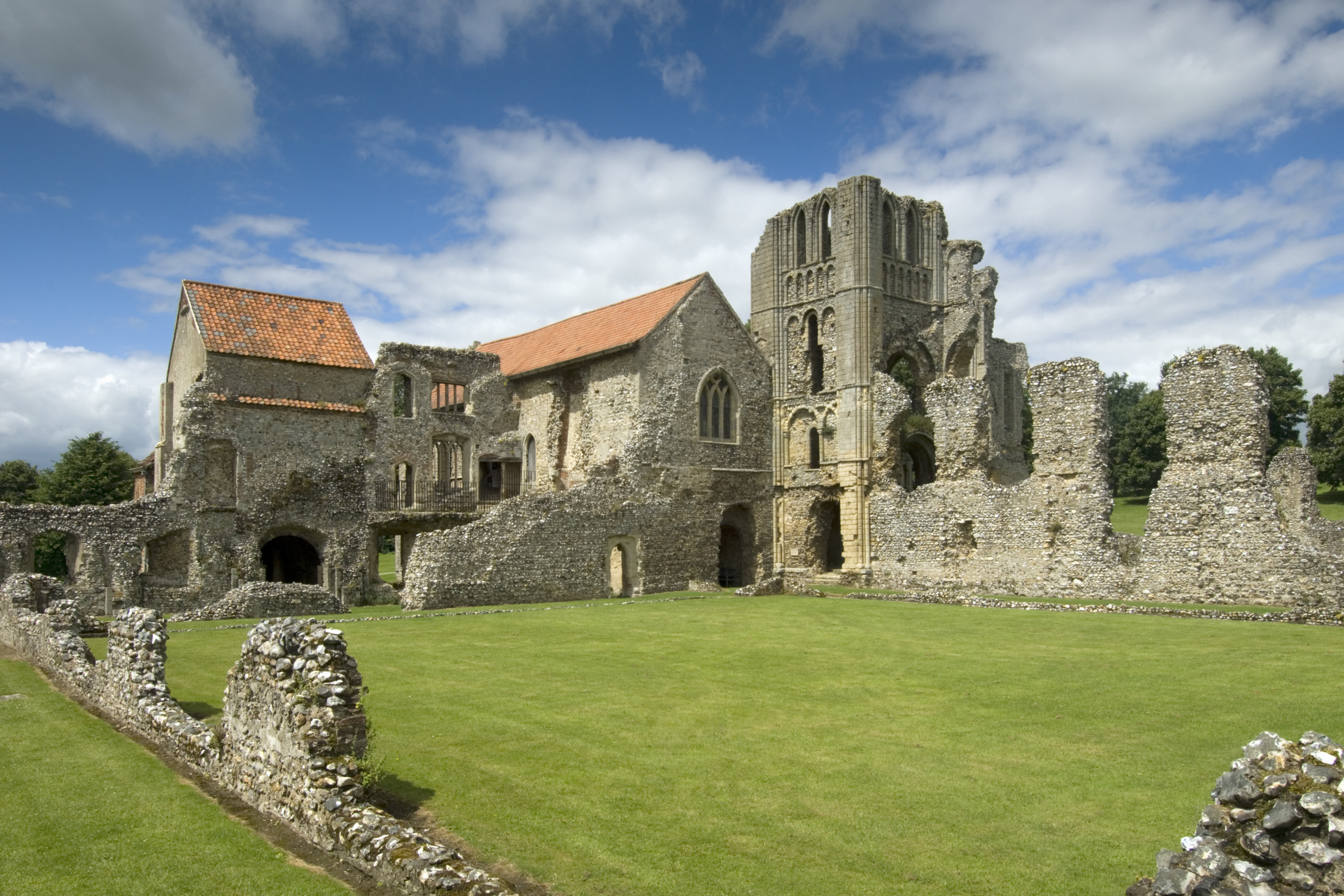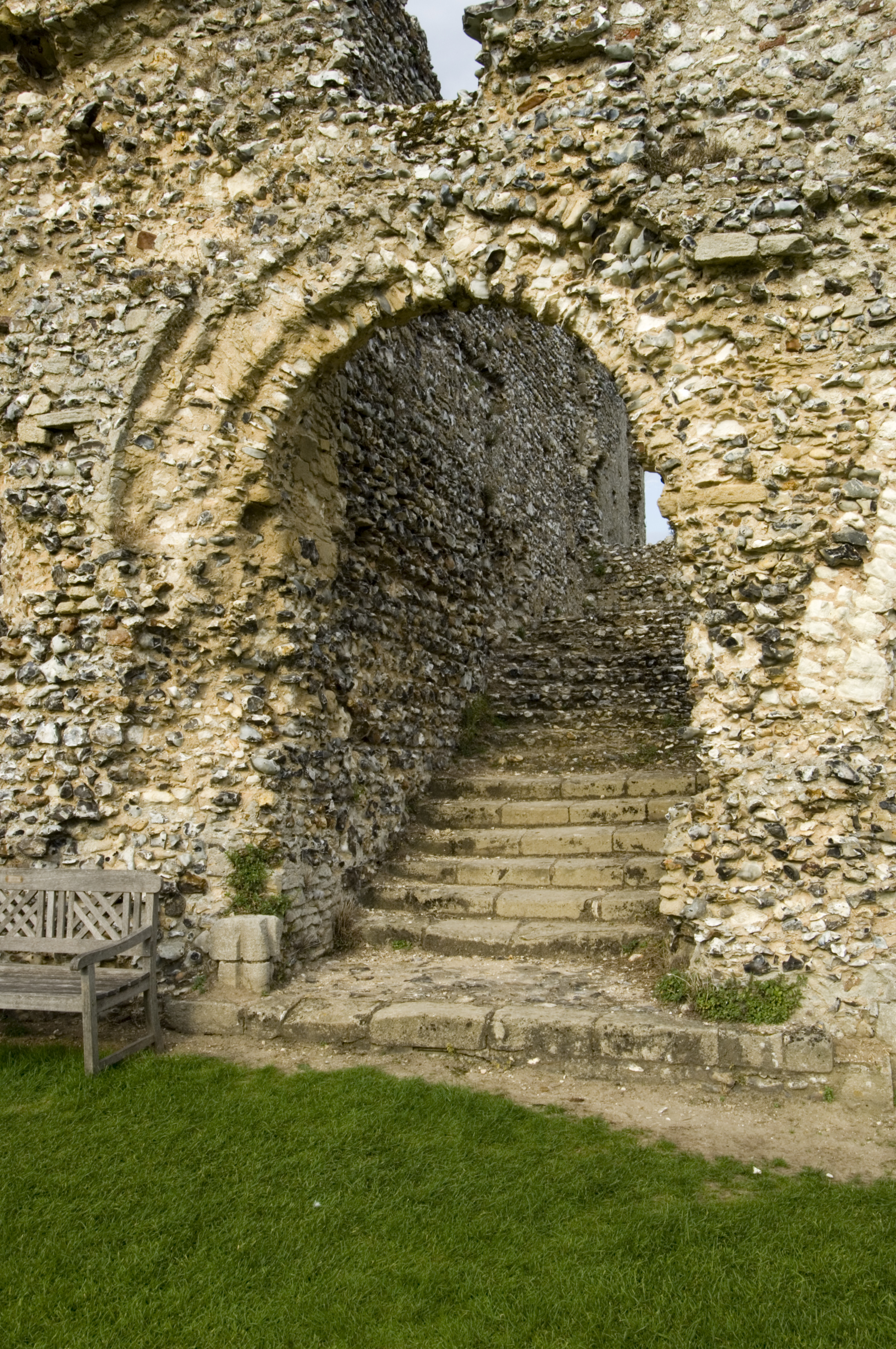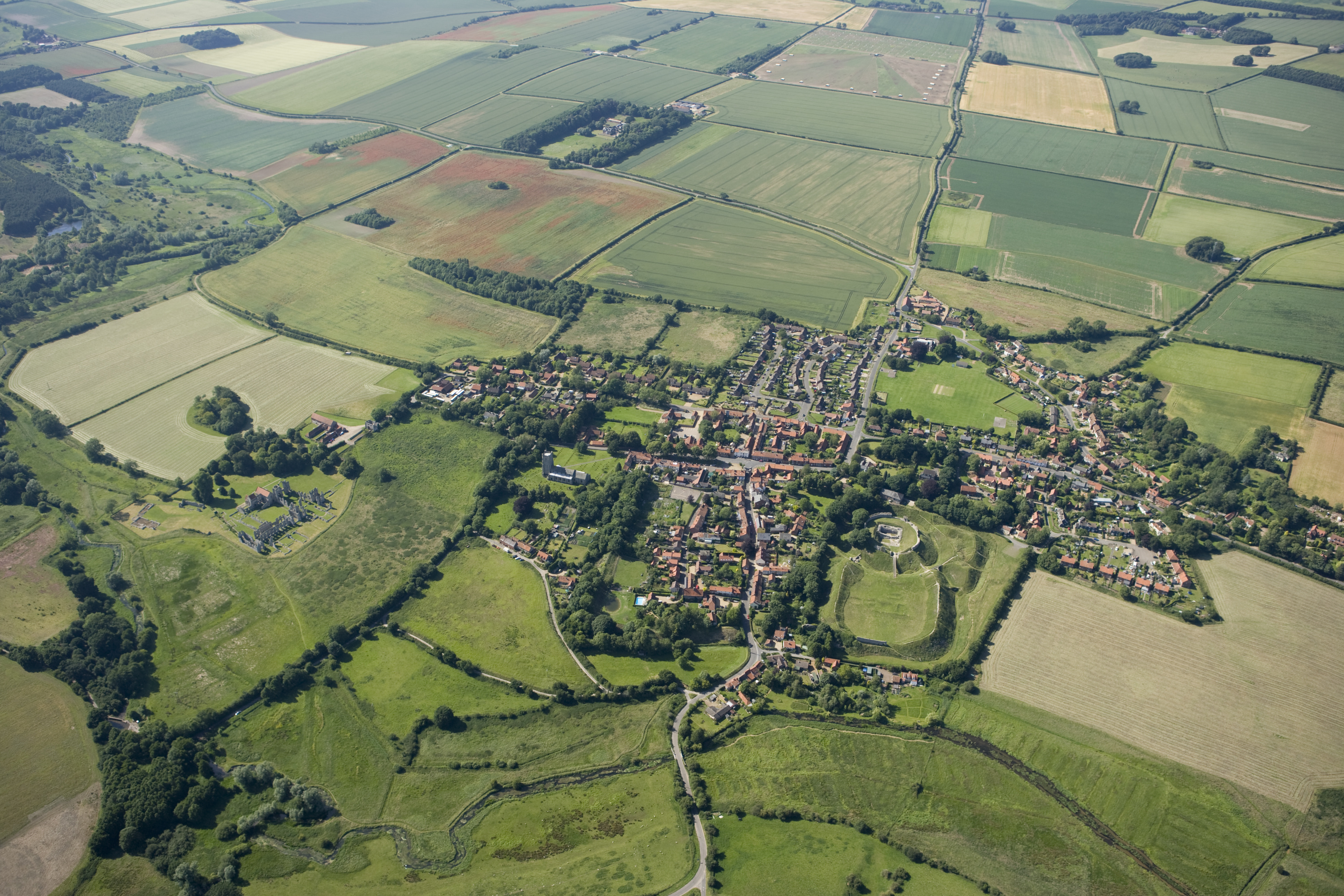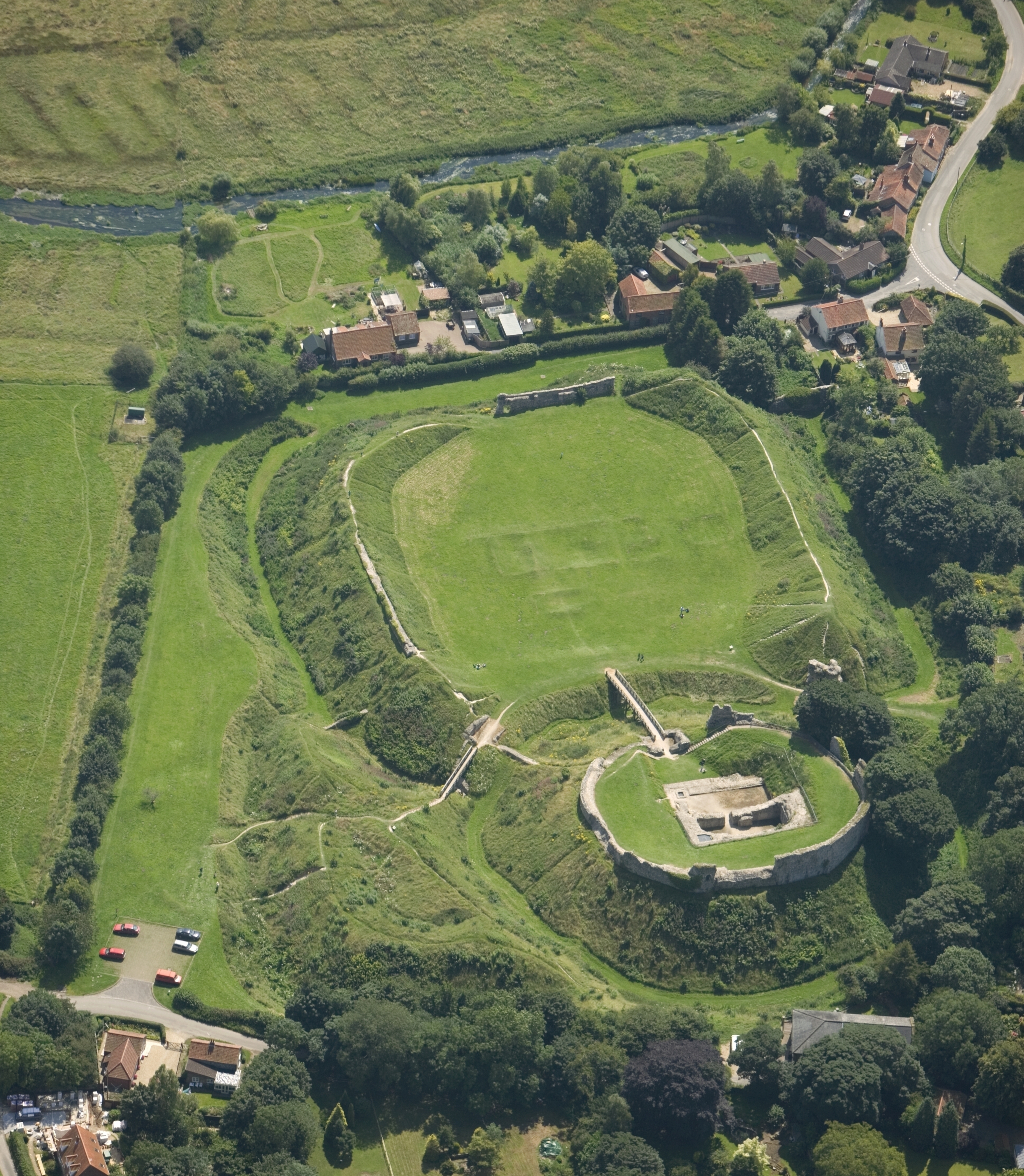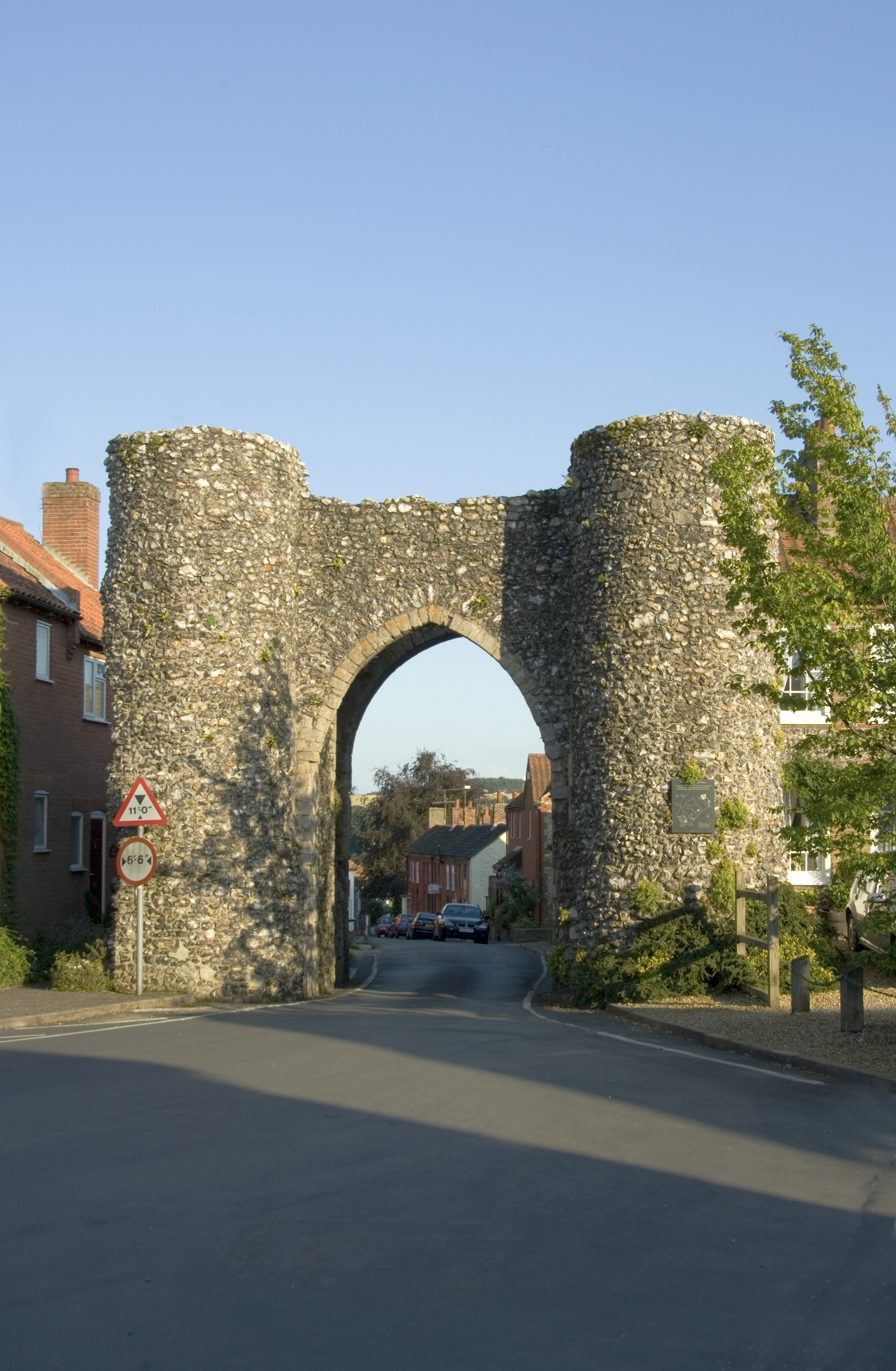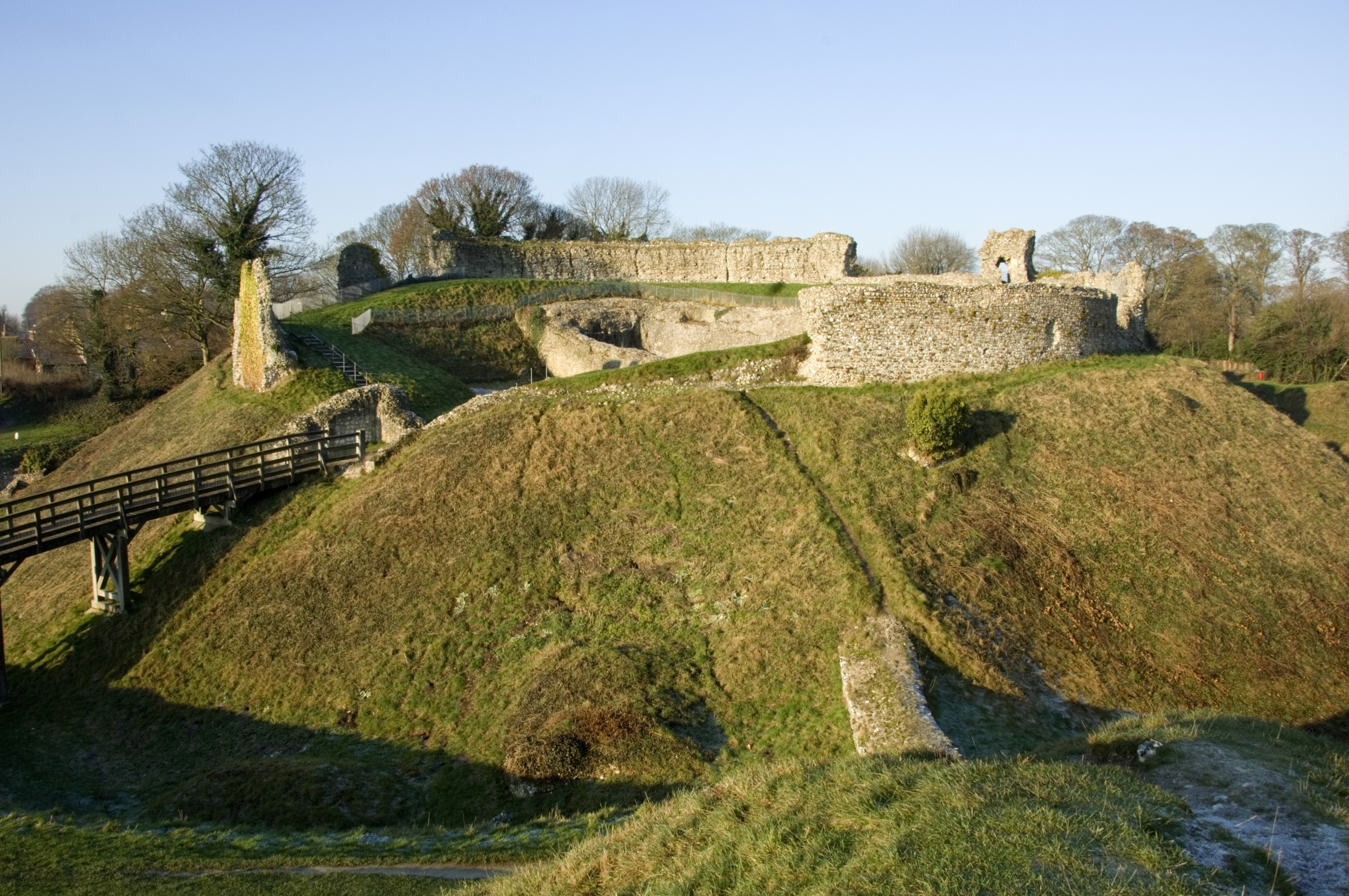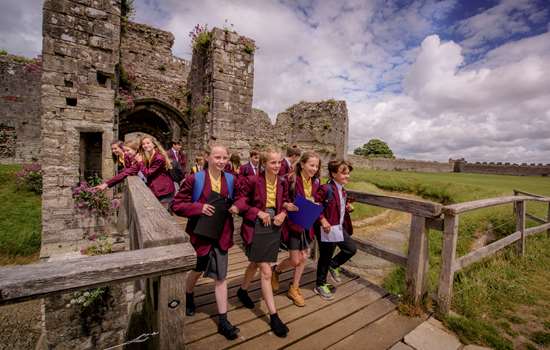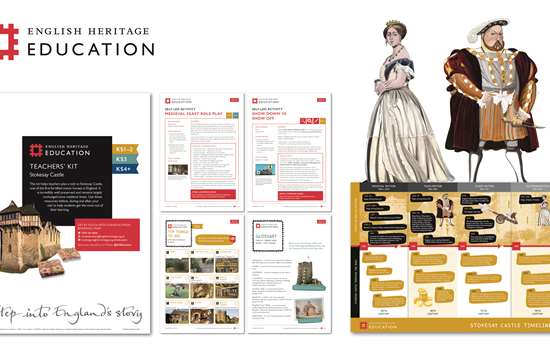Get to Grips with the Area
This tranquil village in Norfolk is a great example of Norman planning and design for you and your learners to explore.
The first William de Warenne, a close supporter of William the Conqueror, founded the castle in Castle Acre soon after the Battle of Hastings. Although the castle underwent many changes in the 12th century, it remains one of the most impressive Norman earthworks in the country.
Castle Acre Priory dates back to 1090 and was the home of one of the earliest communities of Cluniac monks in England. You can see the Cluniacs' love of decoration reflected in the priory's well-preserved and extensive ruins.
In the centre of the village, the Bailey gate is one of two stone gatehouses added to the settlement's massive earthwork defences in about 1200. Today, the main road into the village still runs between the gatehouse's towers.
Image Gallery
Explore the priory and village
-
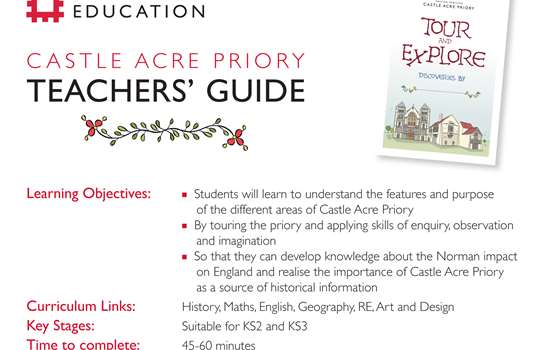
Castle Acre Tour & Explore Teachers' Guide (KS2-KS3)
Find out everything you need to know about using the 'Tour and Explore' resource with your students.
-

Castle Acre Tour & Explore Student Booklet (KS2-KS3)
Download and print this activity booklet for students to do interactive challenges around the priory.
-

Castle Acre Village Walk for Schools (KS2-KS3)
Use this illustrated map to take your learners on an interactive walk from Castle Acre Priory to Castle Acre Castle.
Video Resources
-
A Brief History of the Normans
Discover the origins of the Normans, the story behind the dispute between Harold Godwinson and William the Conqueror, and how the Norman army took control of England.
-
A Mini Guide to Medieval Monks
Learn how to tell the difference between monastic orders following the Rule of St Benedict in England during the Middle Ages.
-
A Mini Guide to Medieval Castles
Discover the changing design and uses of medieval castles in this short animation.
Link Your Learning
ENGLISH - Find a quiet spot and settle there to write a poem which explores how the priory might have looked, felt and sounded in medieval times. Encourage students to include some of the following features: the five senses, alliteration, metaphor, simile, imagery, personification, sibilance, assonance and onomatopoeia.
SCIENCE - Castle Acre Priory has a medieval herb garden. In the Middle Ages, herbs had many uses including healing and soothing the sick. Research the healing properties of herbs like Marjoram and Thyme and find out about other herbs/foods that have medicinal qualities. Students could choose herbs to grow and monitor their development, comparing and contrasting the growth of different plants.
MATHS - Use the scale on a map of Castle Acre to estimate the distances between the town's main features. Learners could also calculate the time it would take a horse and rider to travel between the castle and the priory using speed = distance/time. The average speed of a walking horse is 4mph.
GEOGRAPHY - Examine a map of Castle Acre and identify the medieval features your learners recognise. What do they notice about the medieval layout of Castle Acre? Are there any features that they think are particularly important? Why?
ART AND DESIGN - The Cluniac priory impressed visitors with its rich interior and exterior decoration. Find one piece of intricately patterned stonework that will become the inspiration for a homemade souvenir which students design from scratch. The end product could be a key ring, bookmark, fridge magnet, ruler, etc.
DRAMA - The Cluniac monks ate in silence, using sign language to communicate. Create a short scene set around the dinner table using only mime and silent expressions/gestures to tell a story.

